Cobalt naphthenate
Cobalt is a ferromagnetic metal with a specific gravity of 8.9. It has a Curie temperature of 1115 degrees Celsius and a magnetic moment of a magnet of 1.6–1.7 boron magneton per atom. The relative permeability of cobalt is two thirds of iron. Cobalt metal occurs as two crystallographic structures: hcp and fcc. The ideal transition temperature between hcp and fcc structures is 450 degrees Celsius, but in practice the energy difference between them is so small that the random average growth of the two is common.
Cobalt is a weak reducing metal and is protected from oxidation by a passive layer. This element is attacked by halogens and sulfur. Heating it in oxygen produces Co3O4, which loses oxygen at 900 degrees Celsius to cobalt(II) oxide, CoO. This metal reacts with fluorine (F2) at 520 K to produce CoF3; And with chlorine (Cl2), bromine (Br2) and iodine (I2), it produces equivalent binary halides. Even when heated, it does not react with hydrogen gas (H2) or nitrogen gas (N2) but reacts with boron, carbon, phosphorus, arsenic and sulfur. At normal temperatures, it reacts slowly with mineral acids and very slowly with moist air, but not with dry air.
Superior quality
Guaranteed quality of products
Variety of products
Variety and product updates
Fast support
Call during office hours

Research and development
The latest in the world
Cobalt (in English: Cobalt) is a chemical element with symbol Co and atomic number 27. Like nickel, cobalt is found in the Earth’s crust only as chemical compounds, except for the few deposits found in natural metallic iron alloys. Pure cobalt, produced by regenerative smelting, is a hard, shiny, gray-silver metal.
Cobalt-based blue pigments (cobalt blue) have been used since ancient times for jewelry and paints, and to give glass a distinctive blue color، Later, however, the dye was thought to be known for metallic bismuth. Miners had long used the name Cobold Ore for some minerals producing blue pigments. This designation was because they contained few known metals, and when they melted toxic arsenic vapors were produced. In 1735, it was found that such an ore could be converted into a new metal (discovered for the first time since ancient times) and finally this ore was named Kobold.
| Weight | 1 kg |
|---|











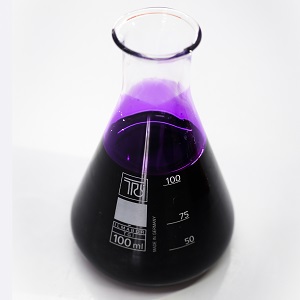
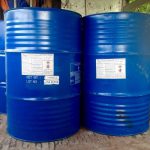
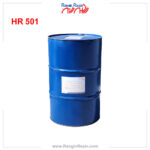
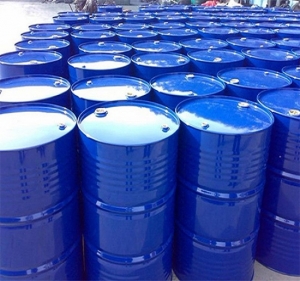
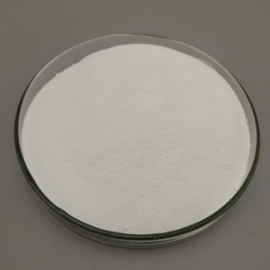
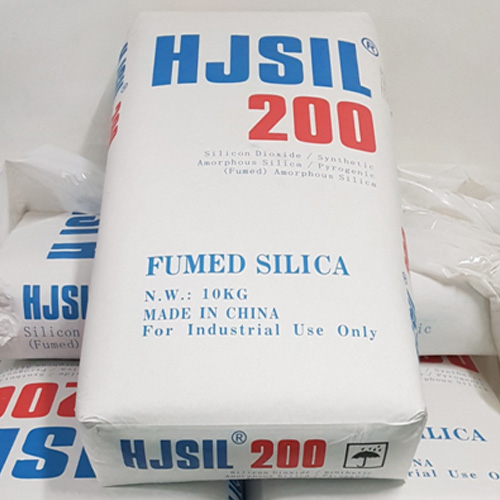
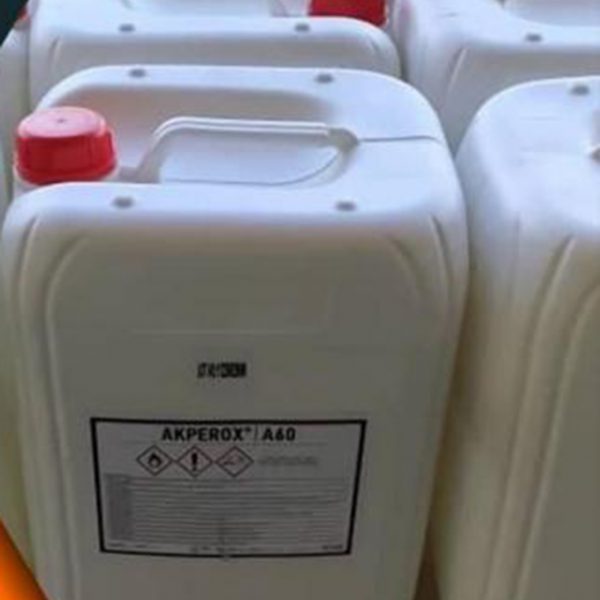
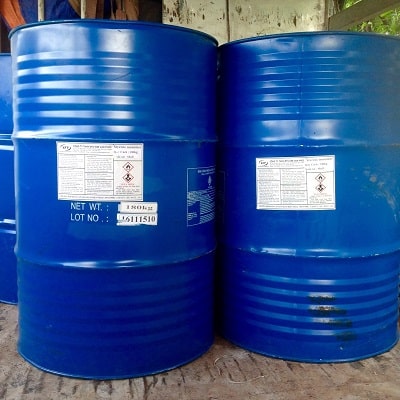
Reviews
There are no reviews yet.